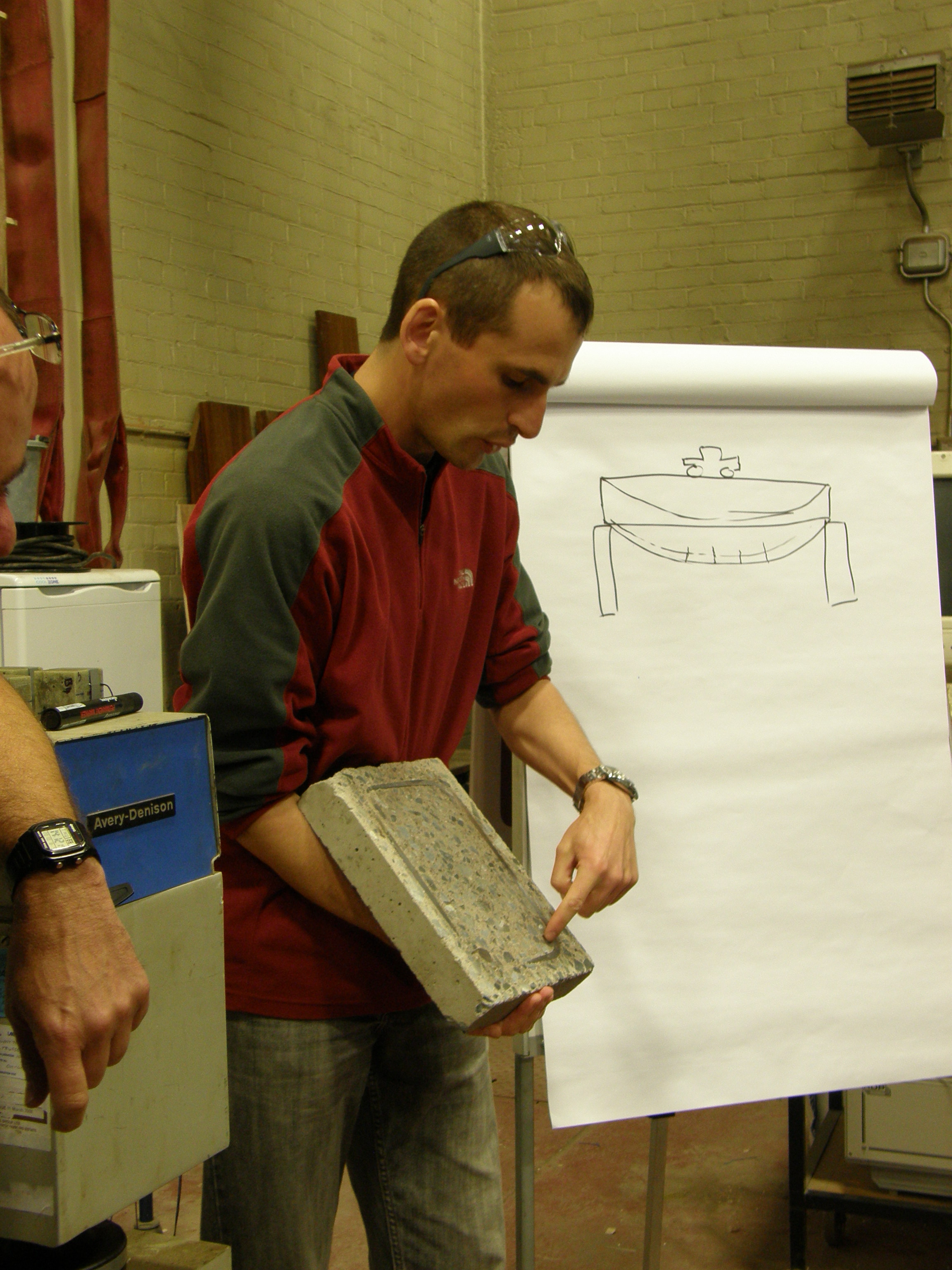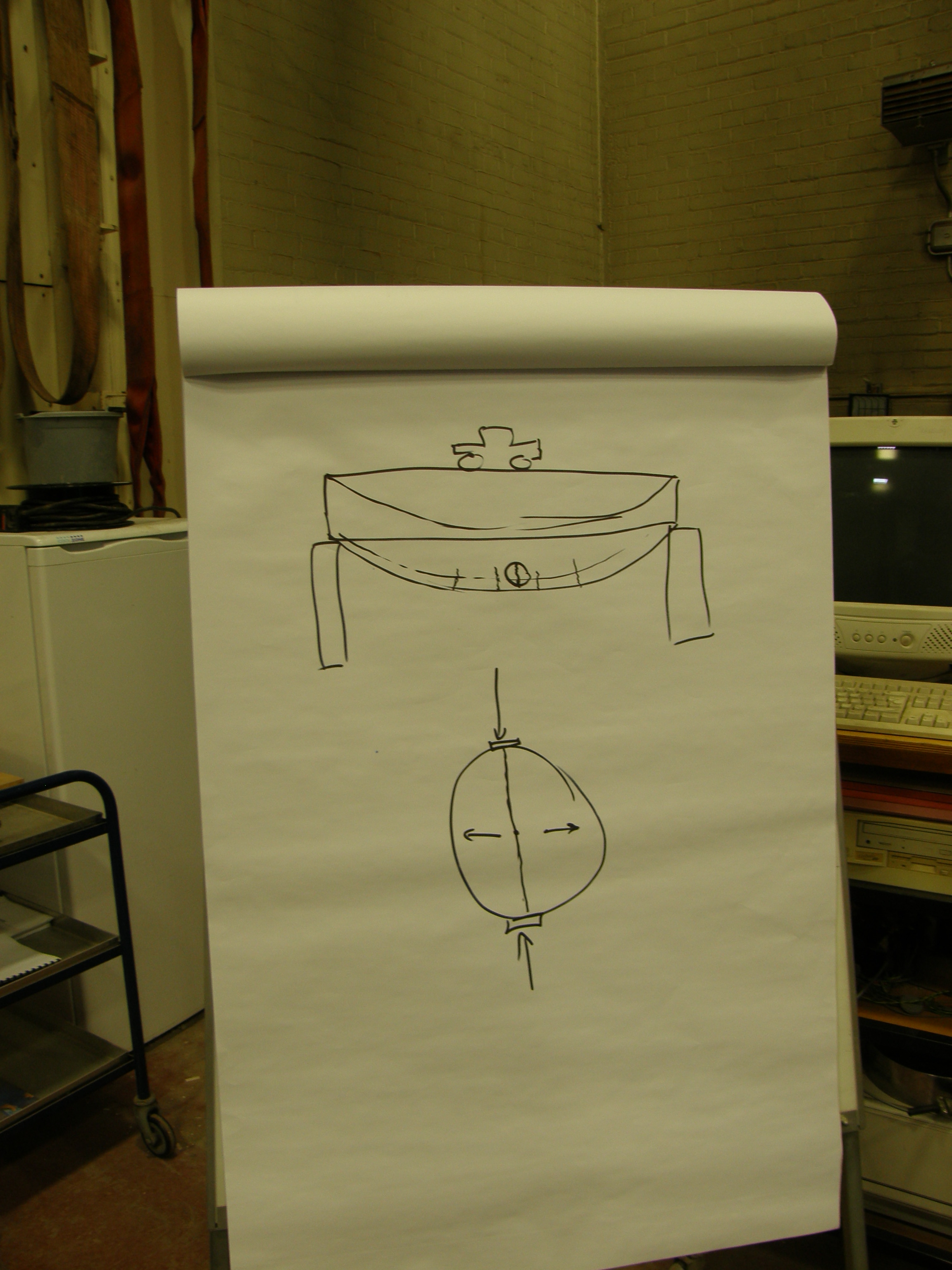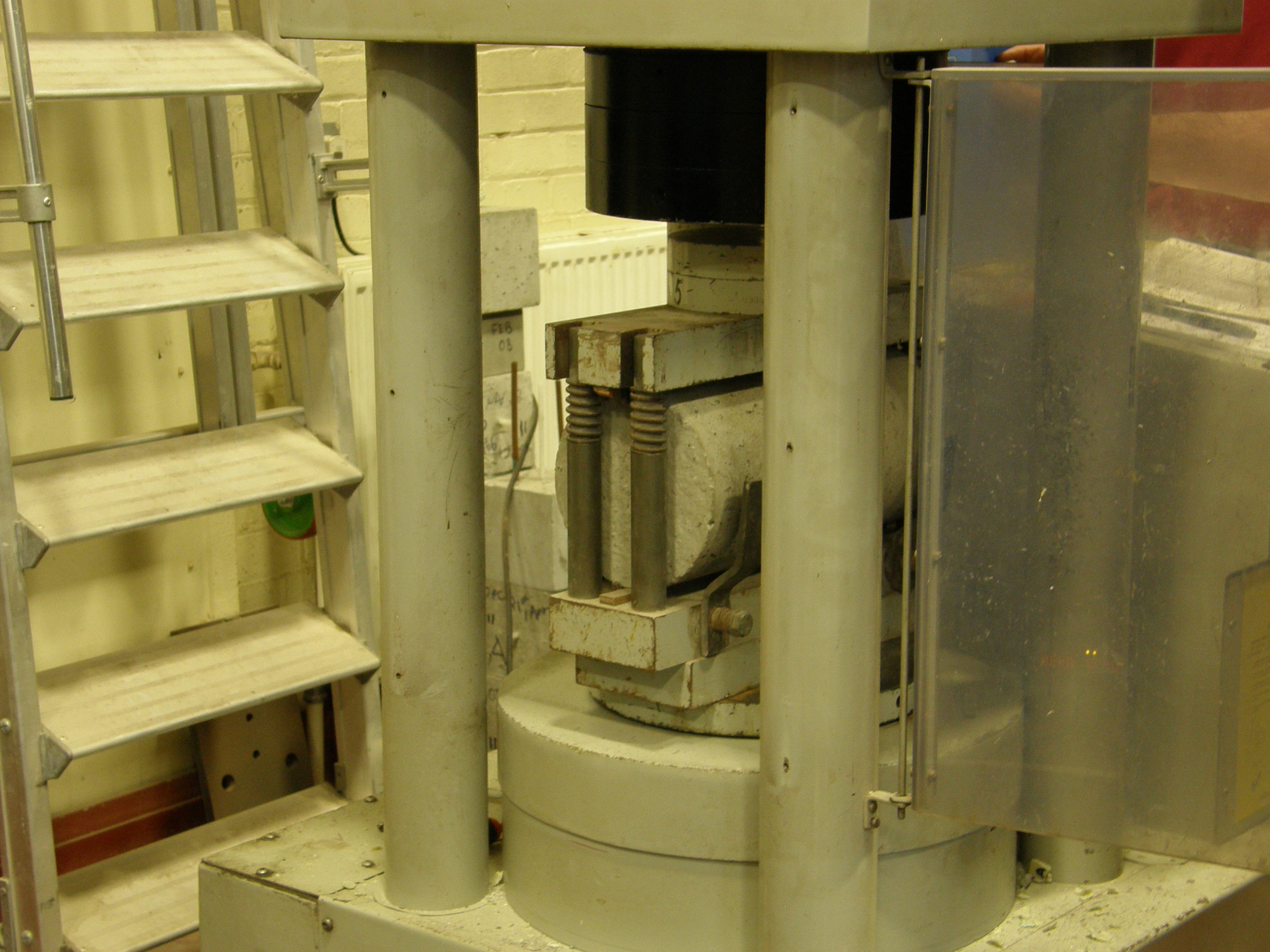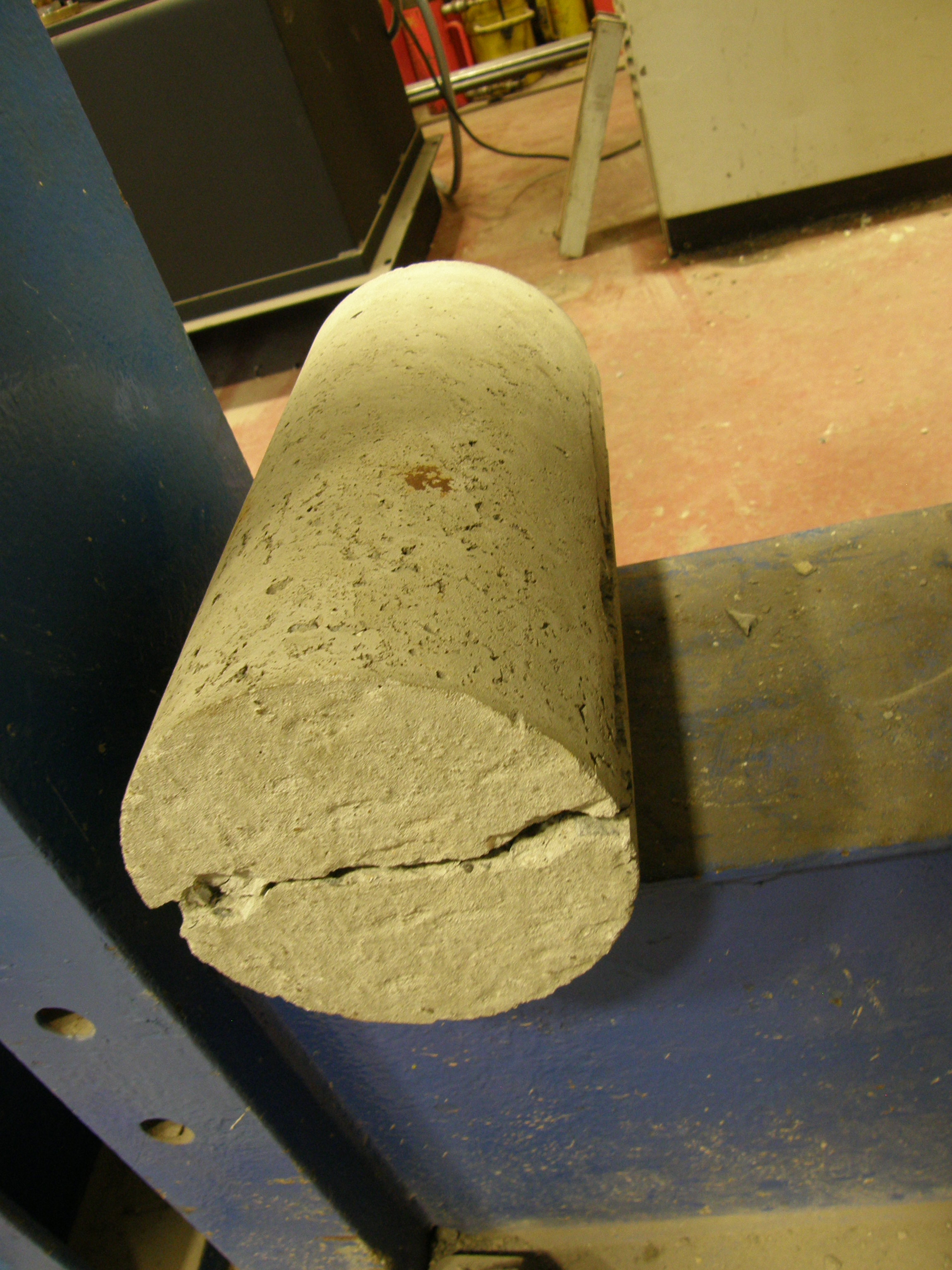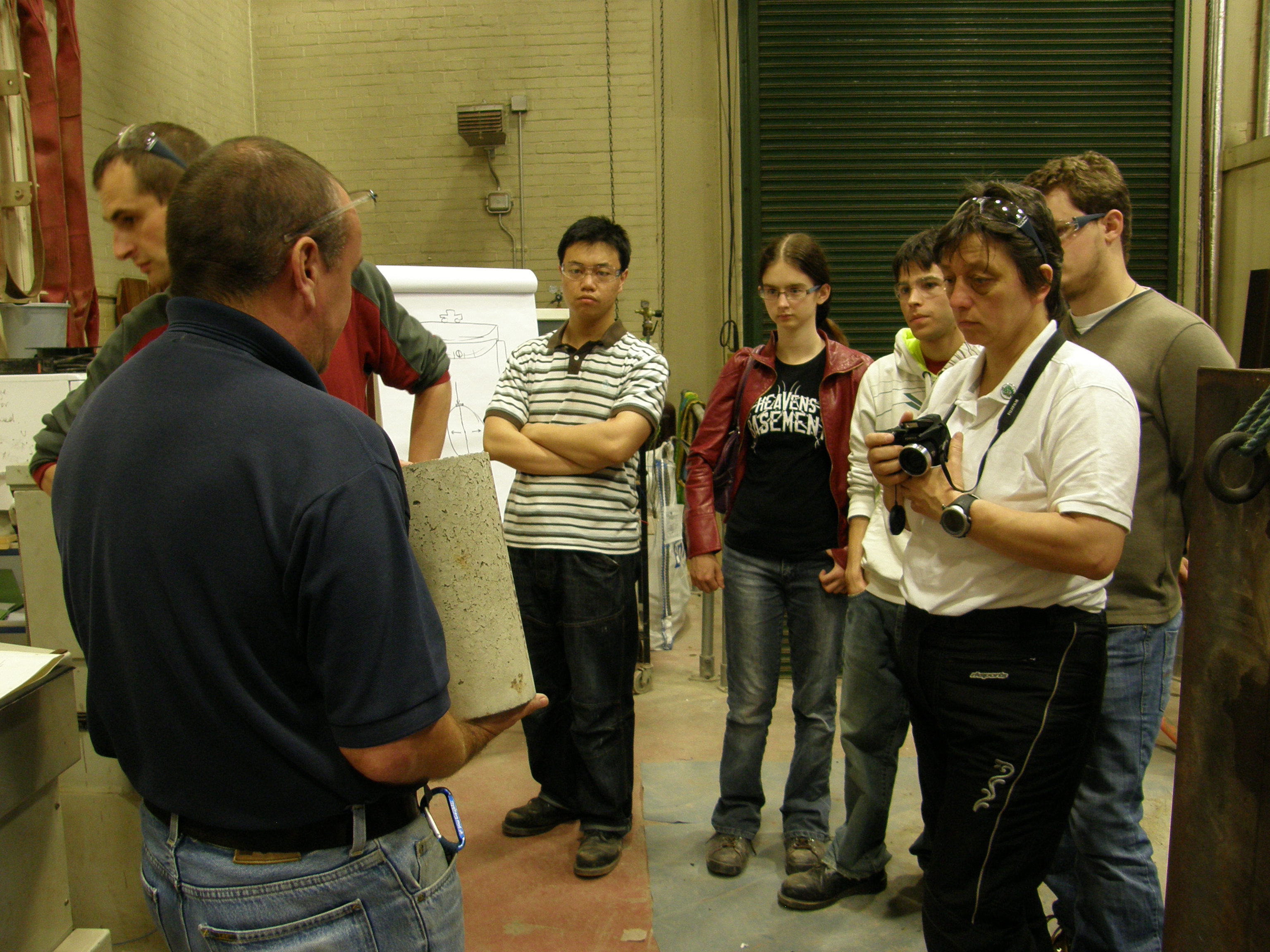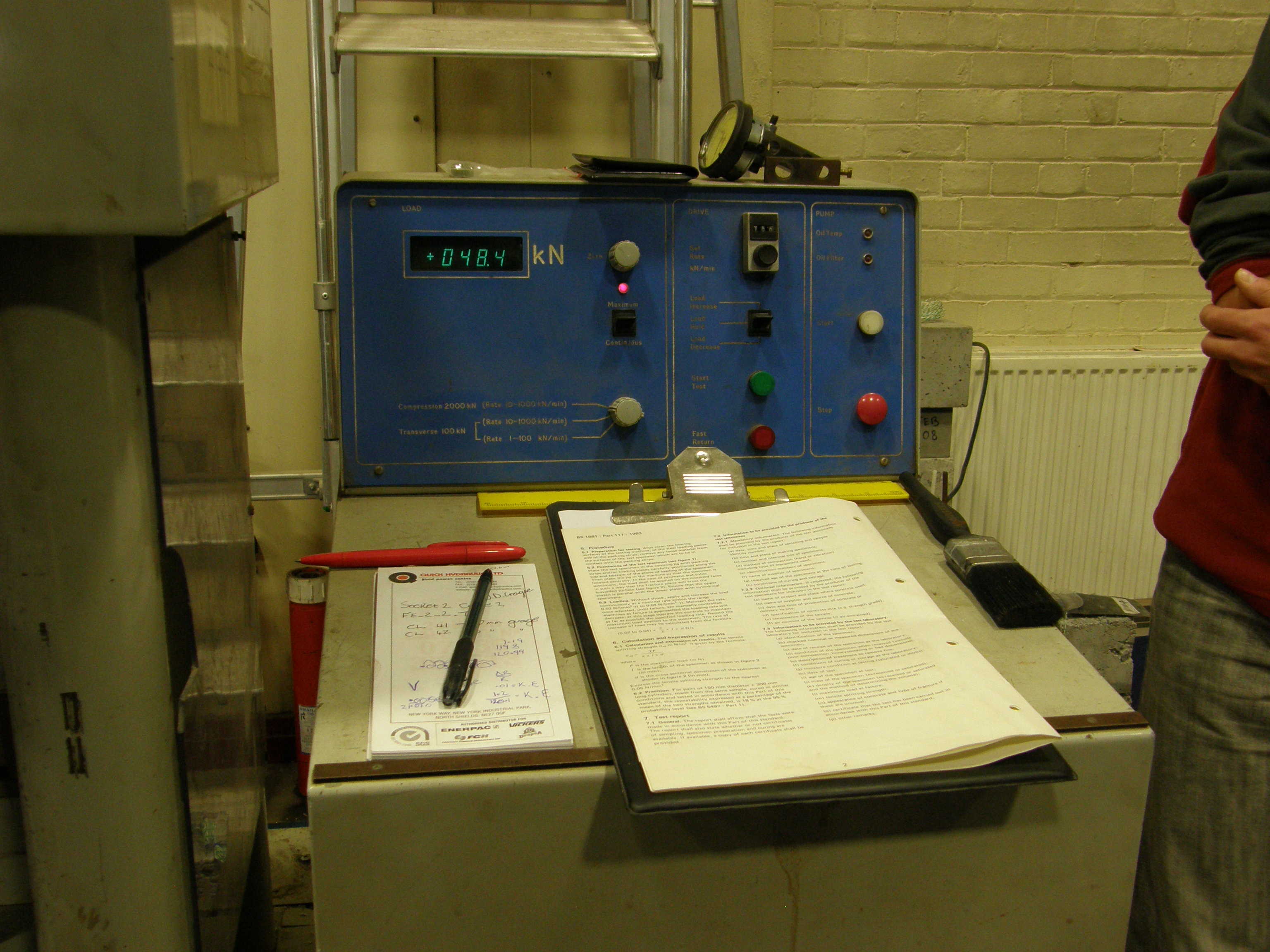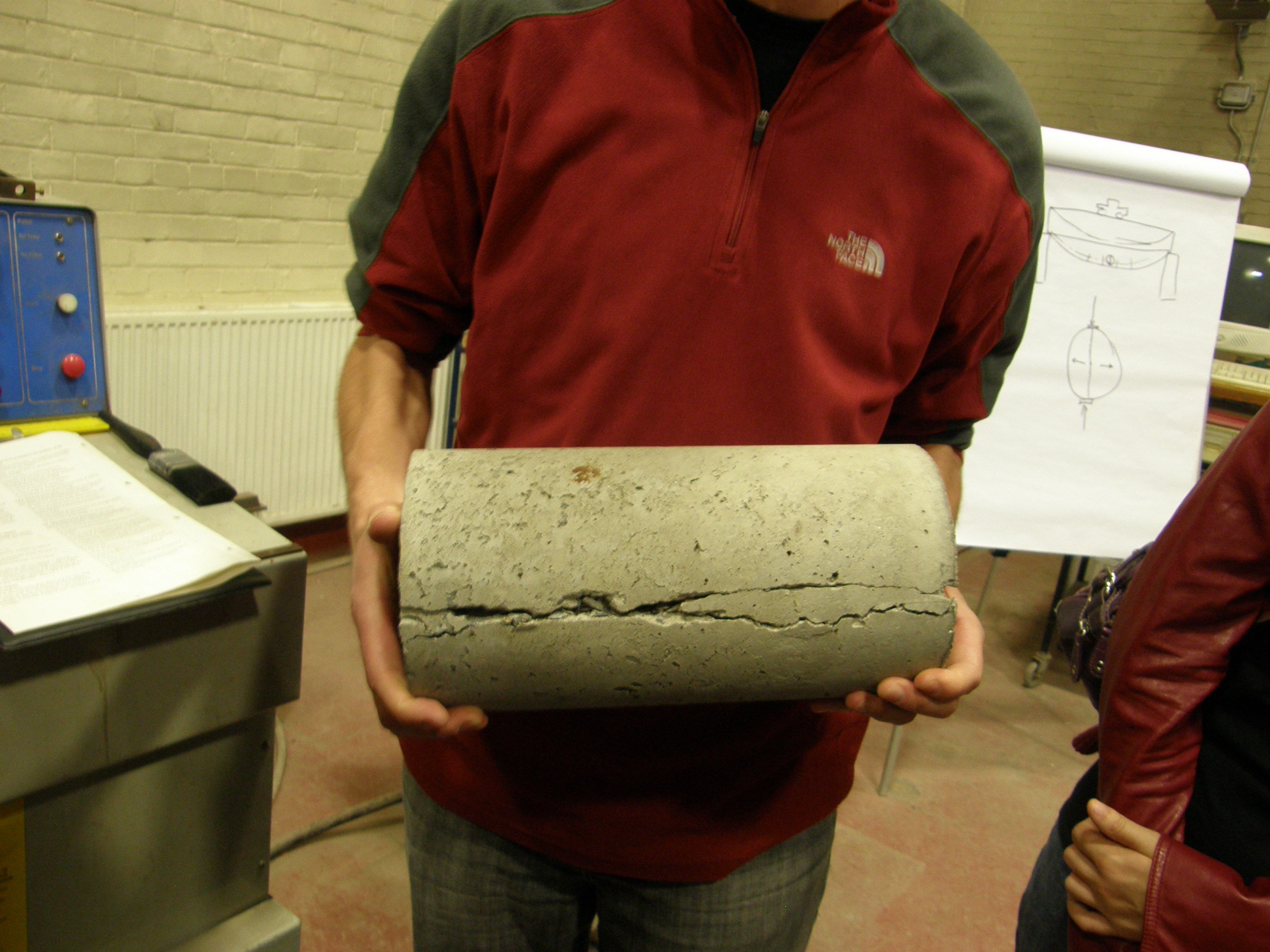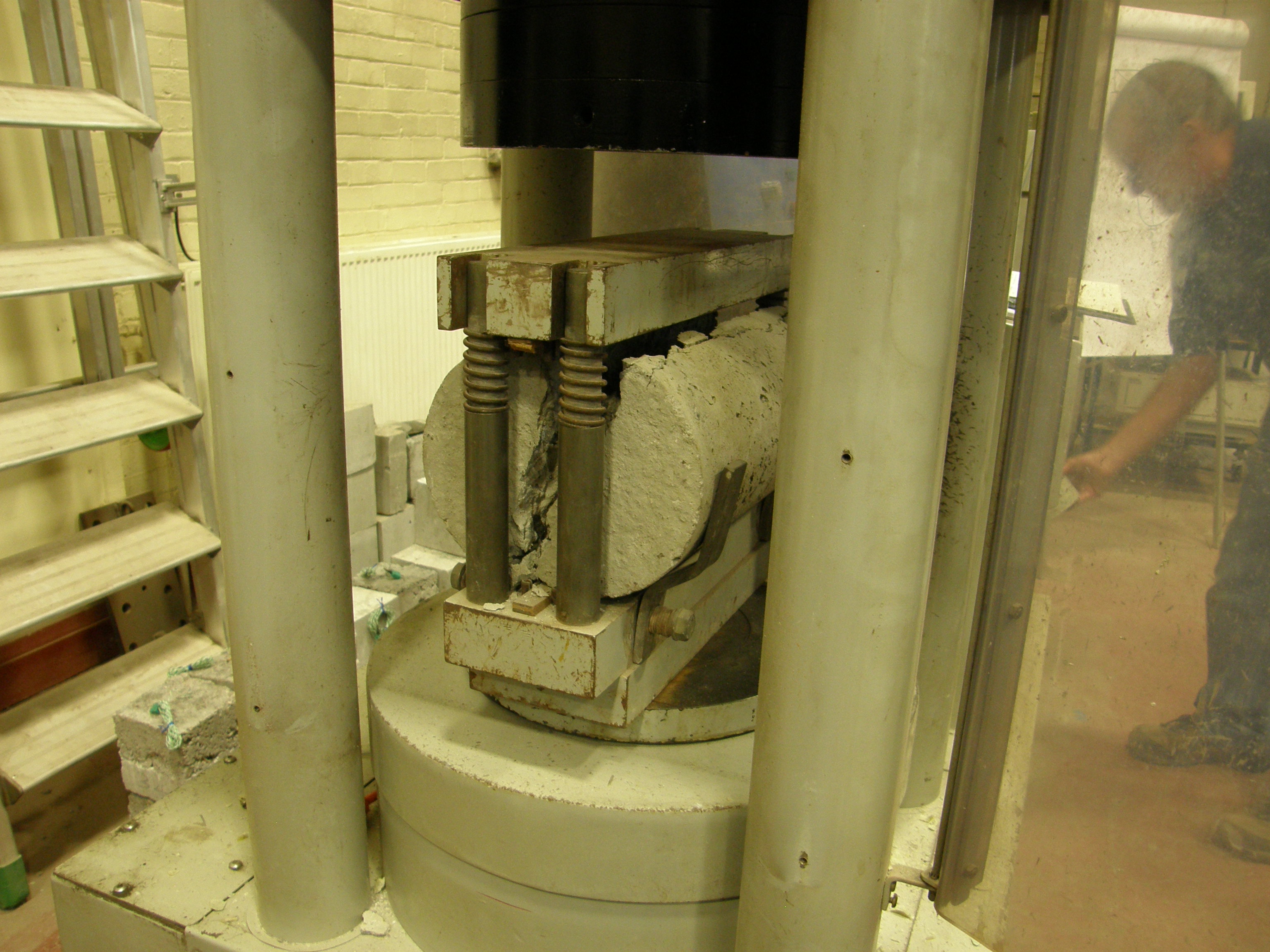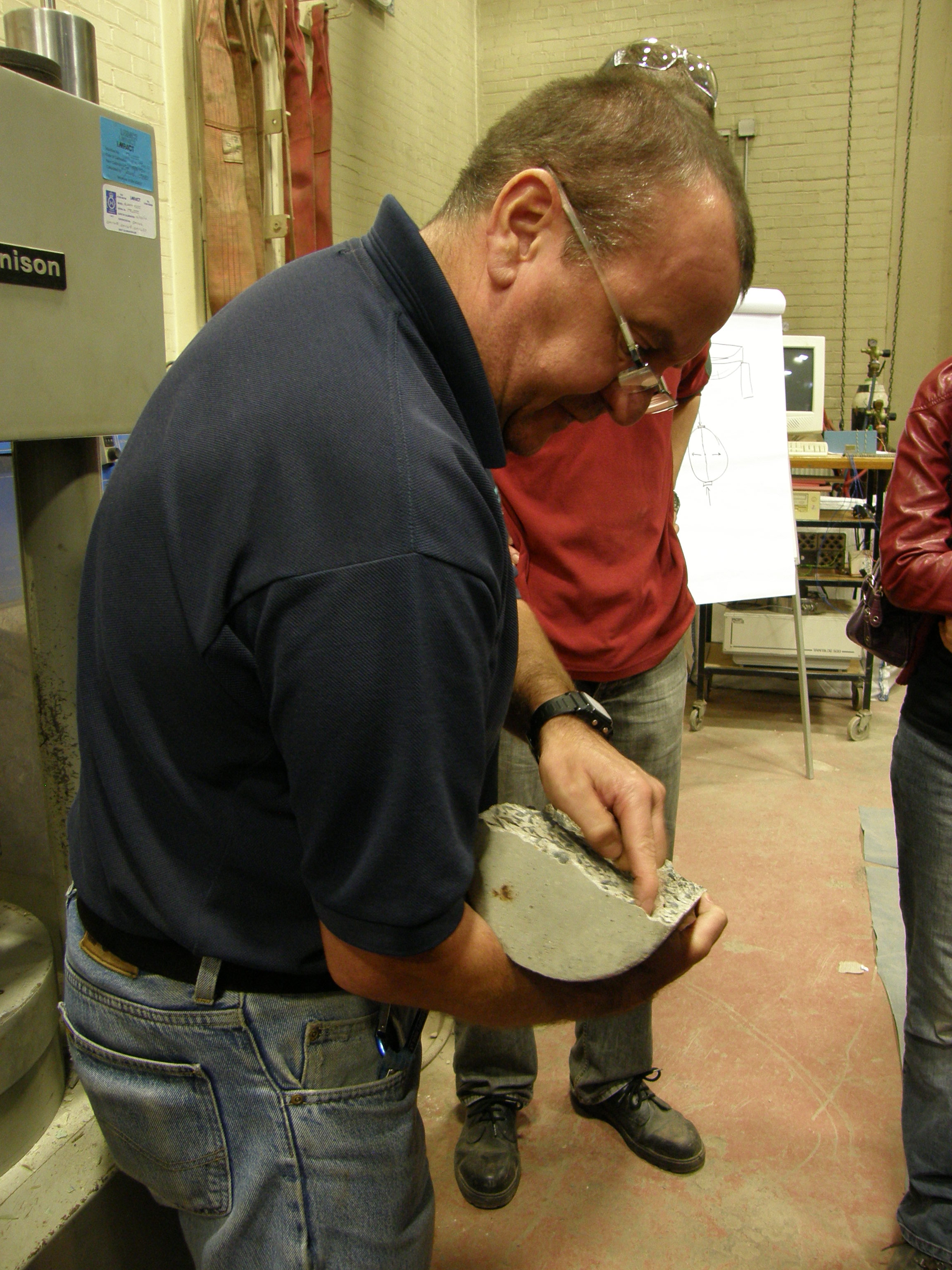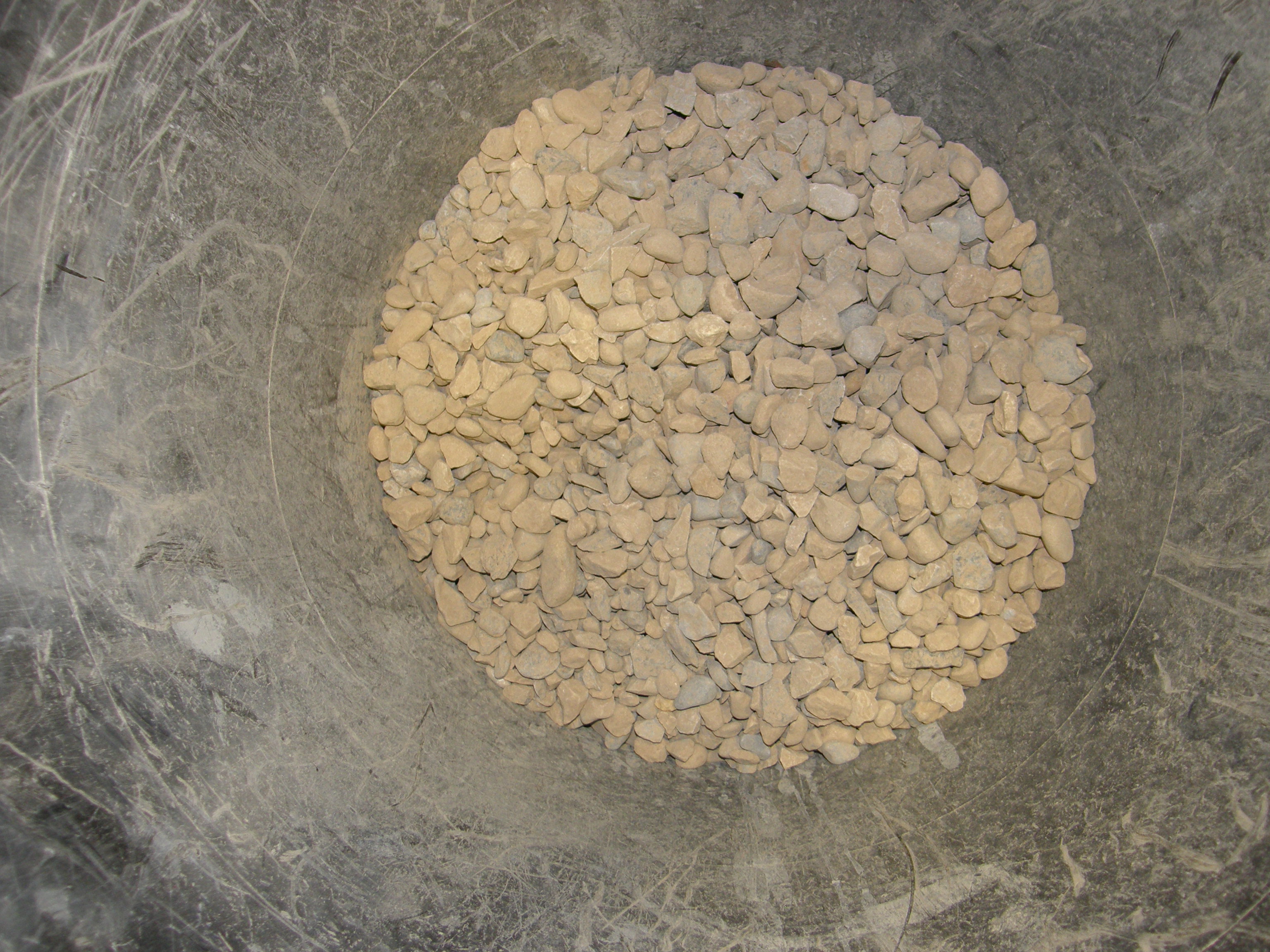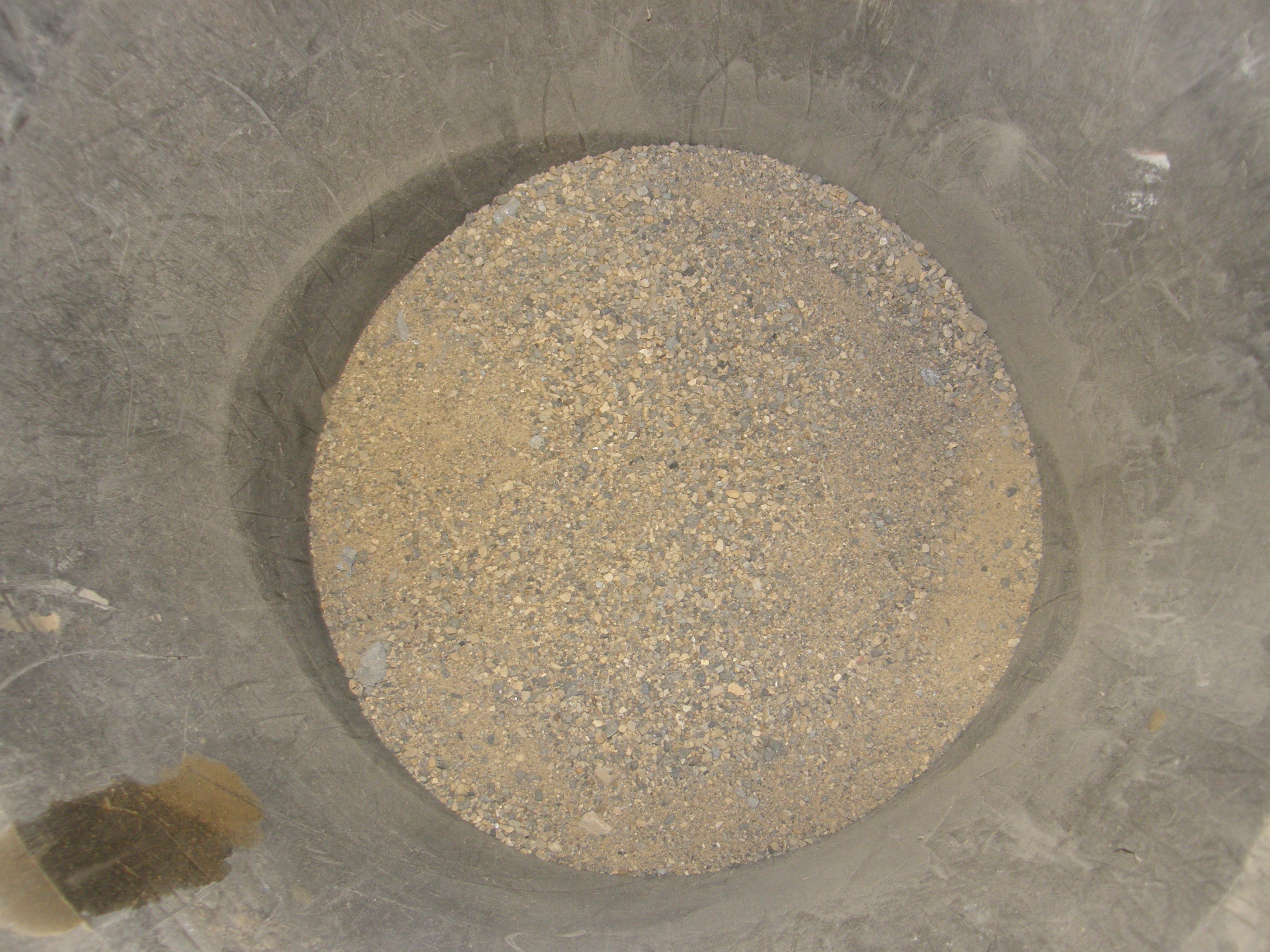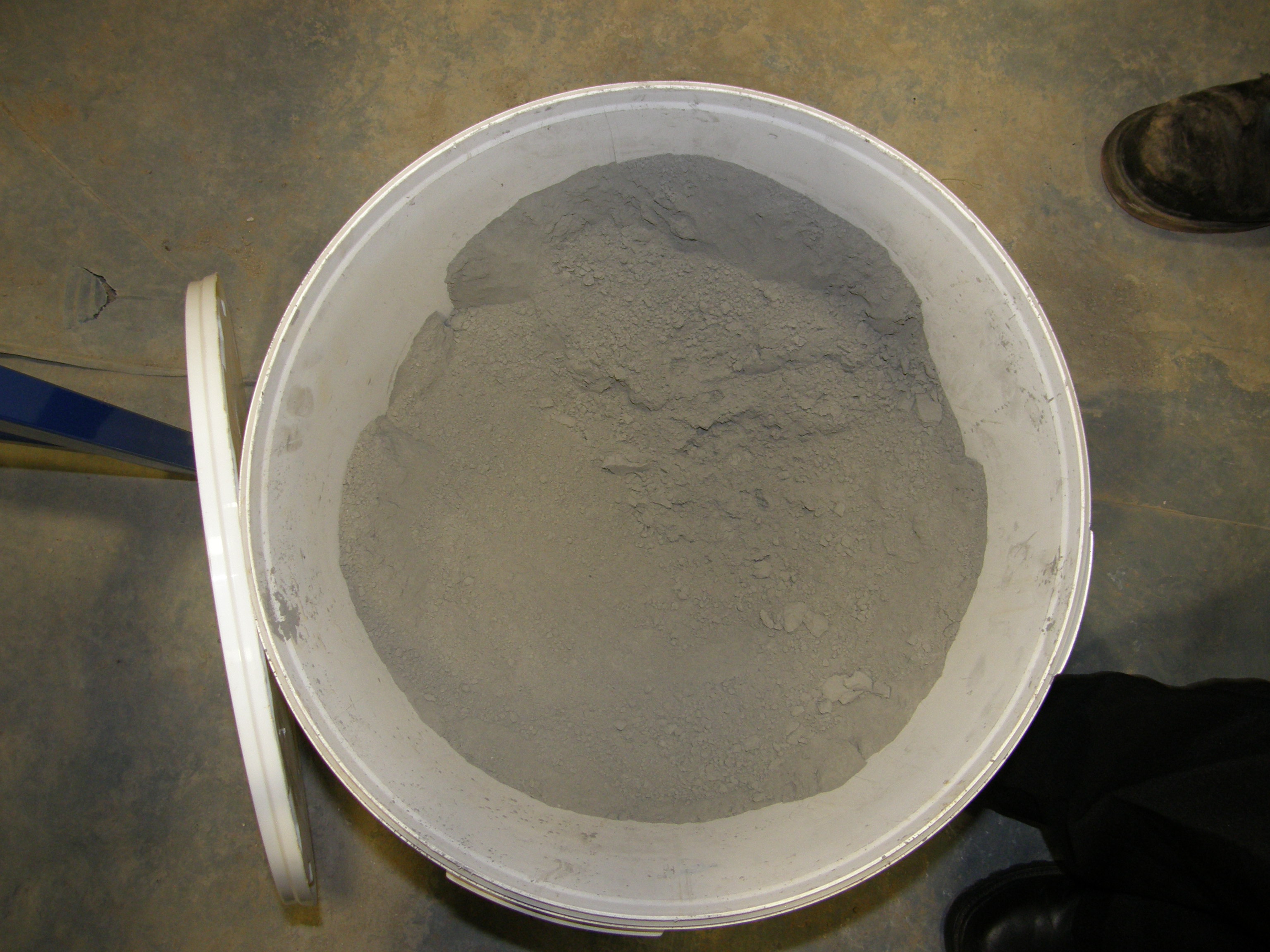Team:Newcastle/problem
From 2010.igem.org
Shethharsh08 (Talk | contribs) (→More photos) |
Shethharsh08 (Talk | contribs) (→More photos) |
||
| Line 42: | Line 42: | ||
{| | {| | ||
|- | |- | ||
| - | |[[Image:Newcastle_Concrete_1.jpg|thumb]] | + | |[[Image:Newcastle_Concrete_1.jpg|thumb|Dr. Colin Davie showing properties of concrete]] |
| - | |[[Image:Newcastle_Concrete_5.jpg|thumb]] | + | |[[Image:Newcastle_Concrete_5.jpg|thumb|How tension forms cracks within the concrete]] |
|[[Image:Newcastle_Concrete_2.jpg|thumb]] | |[[Image:Newcastle_Concrete_2.jpg|thumb]] | ||
|[[Image:Newcastle_Concrete_17.jpg|thumb]] | |[[Image:Newcastle_Concrete_17.jpg|thumb]] | ||
Revision as of 11:38, 9 October 2010

| |||||||||||||
| |||||||||||||
Contents |
Concrete Background
Deena's concrete lecture provides some basic knowledge on concrete as well as questions from our presentation at iGEM UK Get Together.
Reasons cracks are bad
- Allow water to reach and corrode steel reinforcements
- Weaken concrete structures
- Difficult to repair
Work in this area has already been started: [http://www.youtube.com/watch?v=PyBR3PDPa-c Bio-concrete] and a non-biological method of [http://ace-mrl.engin.umich.edu/| self healing concrete]
The projects mentioned about above are different to ours because Bacilla Filla only repair the cracks that have been formed in the existing structures. Also our cells would die after a certain period of time after repairing the crack thus making Bacilla Filla environmentally friendly.
How our project is helpful
- Reduces corrosion rate of the steel reinforcements
- Reduces the need to demolish and re-build pre-existing concrete structures
- Reduces the need for cement production
- Reduces carbon dioxide emission
- Reduces consumption of energy resources
How our project is novel
- Our project focuses on existing concrete structures
- All the cells will produce calcium carbonate which has similar properties to concrete
- Filamentous cells have strength equivalent to nylon fibers and thereby acts as a reinforcing fibers within the crack
- Getting the Bacilla Filla to produce glue which will hold everything together and will fill up the crack
- Environmental kill switch
- We are working with a well known strain: Bacillus subtilis 168 (previous work required specific stains)
5th August 2010
Concrete Splitting Test
On the 5th of August, the whole team went down to the Structures Lab of Cassie Building that houses the School of Civil Engineering and Geosciences, to do tensile splitting test on a concrete cylinder. We tried to understand the problems of crack formation on the concrete structures and how our project Bacilla Filla will help.
More photos
Materials used to mix concrete
 
|
 "
"
